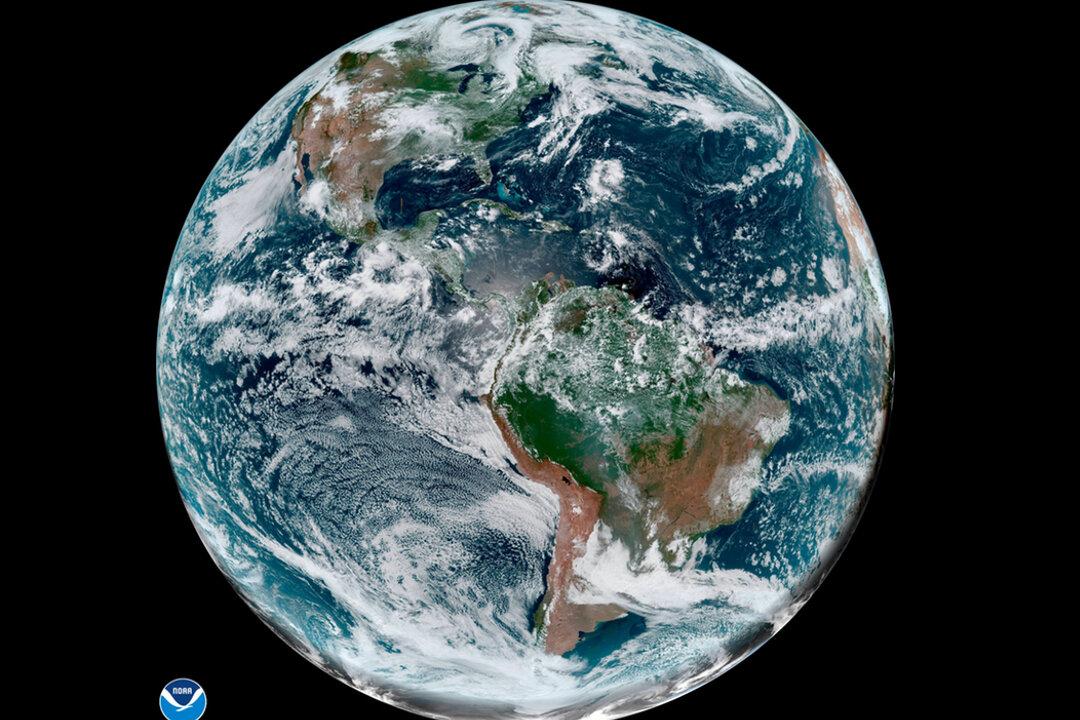Commentary
Hardly a day goes by when we aren’t assailed by claims of doom and gloom over “climate change,” with some well-known politicians warning us that our world will cease to exist as we know it by 2035 (a short 14 years from now!).

Hardly a day goes by when we aren’t assailed by claims of doom and gloom over “climate change,” with some well-known politicians warning us that our world will cease to exist as we know it by 2035 (a short 14 years from now!).